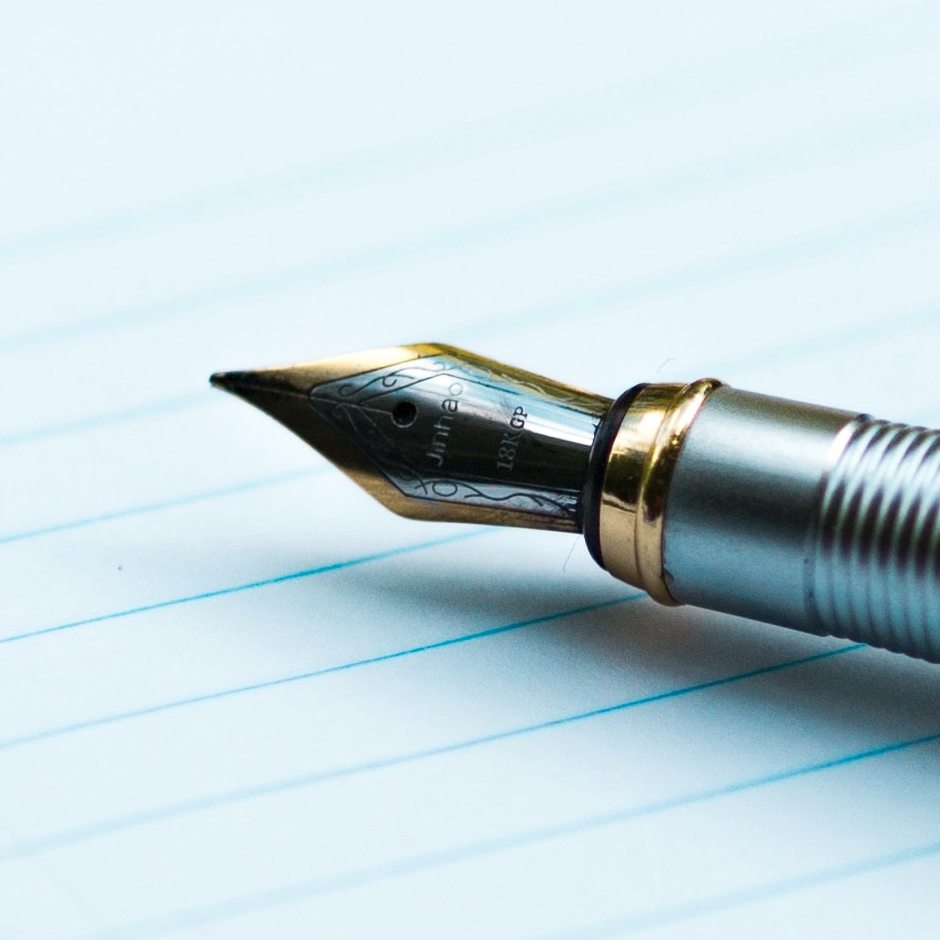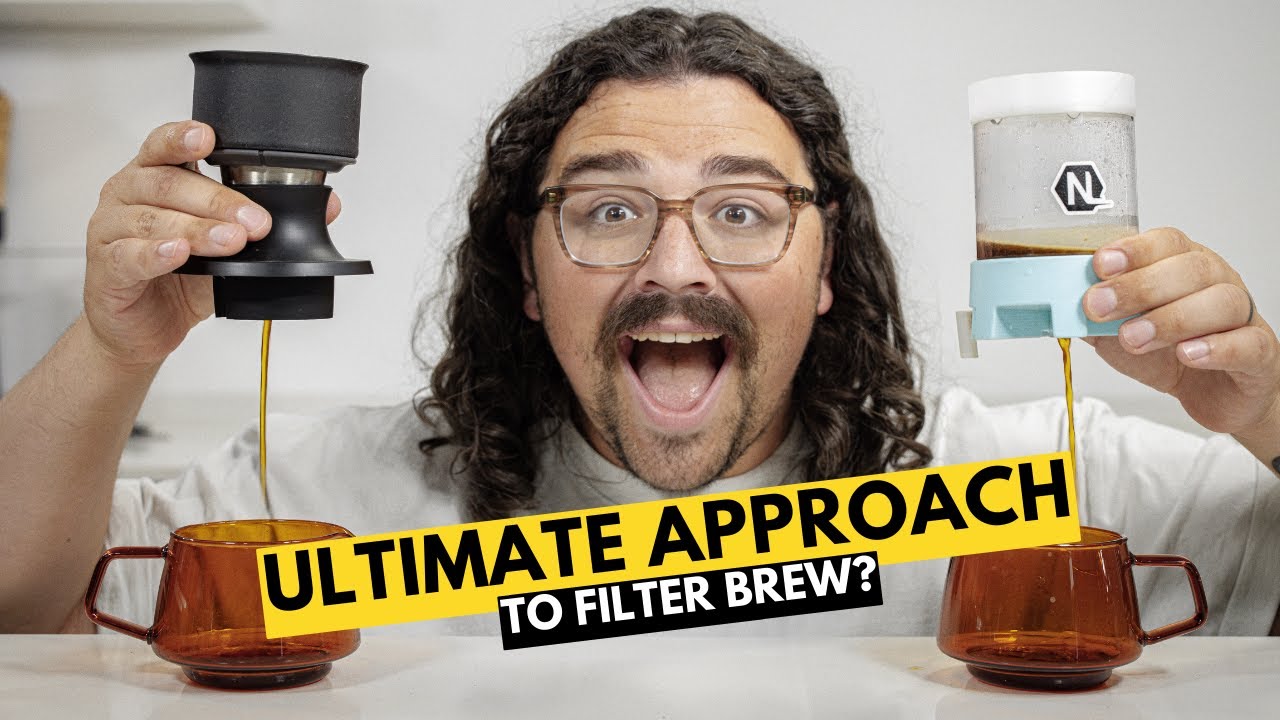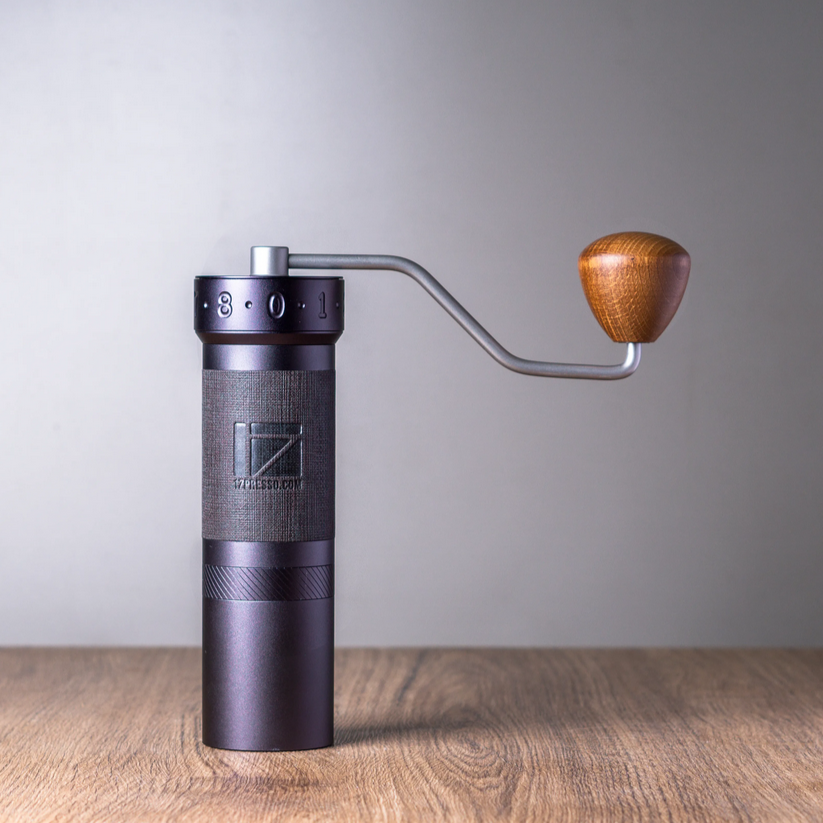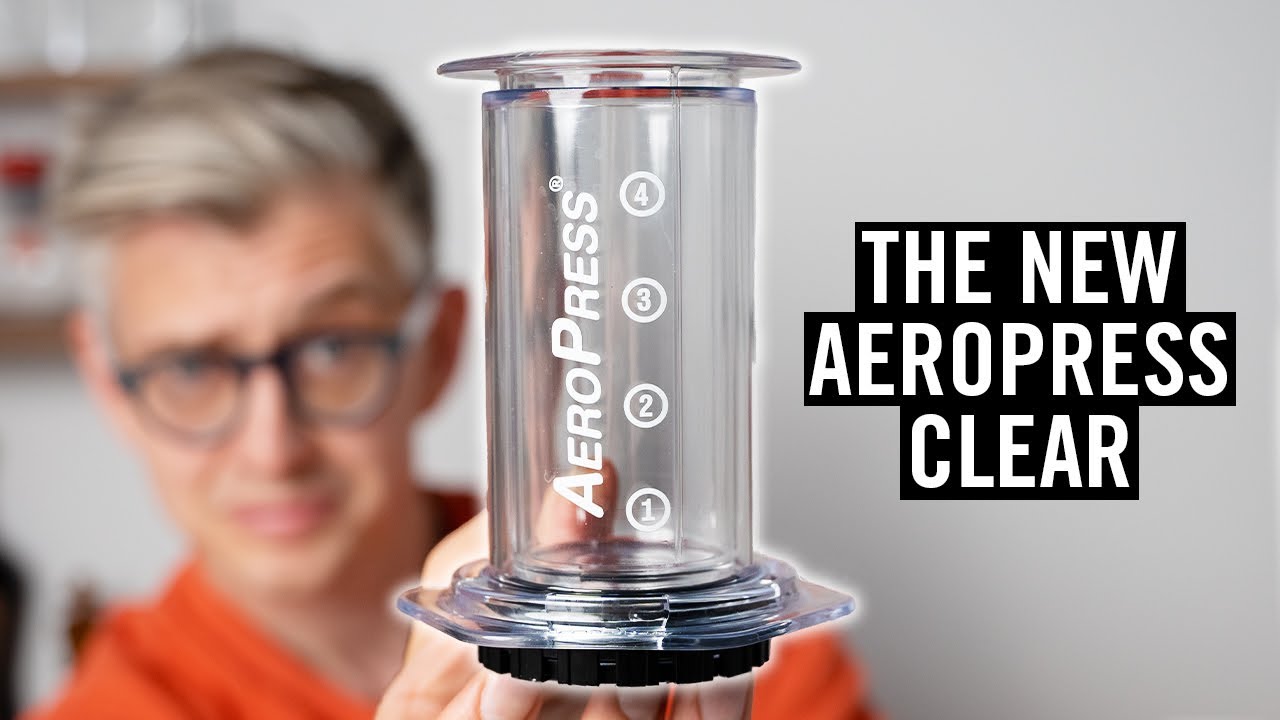https://cohost.org/kukkurovaca
No Nazis, no TERFs, no yimbies
- 6 Posts
- 6 Comments
 1·1 year ago
1·1 year agoBudget grinder enthusiast go-to recently seems to be Kingrinder, which has had a lot of coupons recently on Amazon. I think you can get the K6 for $100 with coupon for example. Not sure about parts availability for long term repairability.
Mugen: 1:18 usually, V60: 1:16ish. (Light and medium roasts)
Ratio will depend on preference, equipment, and what coffee you’re brewing, as well as the recipe. In my case I use a bit longer ratio on the Mugen compared to the V60 because it has less bypass (less water gets around the coffee by going through the filter too soon). Generally speaking folks use shorter ratios for darker roasts and longer ratios for lighter roasts.
It gets a little more complicated with iced coffee, because what you’re doing with iced coffee is actually brewing a very short ratio and then diluting it, which gives you a concentration that is similar to what you would normally get, but with lower extraction. (Not necessarily a bad thing!)

 2·1 year ago
2·1 year agoI want one for tea brewing more than coffee, because I like the idea of experimenting with percolation methods but most tea equipment doesn’t allow that and most coffee equipment wouldn’t work on tea unless you ground the tea.
 8·1 year ago
8·1 year agoMost manual coffee grinders should have quite long lifespans in home use. You have to grind a lot of coffee (or, I guess, one rock) to wear out burrs.
1zpresso currently has probably the best rep at the moment among enthusiasts, but Kinu, Comandante are also well-regarded. All of those brands have some ability to get parts replacements if needed down the line, but which specific parts are available may vary.
A major differentiating factor is whether you need to be able to grind for espresso. Some grinders are optimized for espresso, some for pourover, and some are intended to both. Espresso requires more minute adjustments and the ability to grind finer. Traditional espresso benefits from a higher proportion of fines, contributing to the body of the shot, while pourover, especially more modern/third wave style, may benefit from less fines and higher clarity.
Some popular grinders:
- All purpose: 1zpresso K series, Comandante (may need “red clix” upgrade for dialing in espresso)
- Filter only, high clarity: 1zpresso ZP6 (currently back in stock at Rogue Wave in Canada, not sure for how long)
- Espresso: 1zpresso J-Max, Kinu
The Orphan Espresso Lido OG also seems like a good choice for a BIFL all-rounder do to its robust build, BUT it seems like there’s an issue with some of the parts in their adjustment mechanism on the current iteration that they’re working on addressing.
A couple of comprehensive roundup videos:
Note: this is just me synthesizing reviews basically, I’m not a grinder expert. (But I have a ZP6 and a J-Max and could answer questions about those.)

 1·1 year ago
1·1 year agoPersonally I really like the Himalaya for the most part, except for the converter. (Which is why my recommendation is for the Jaipur)
In terms of guzzling ink, this is both normal and necessary for a flex nib, at least up to a point. Without sufficient ink flow, the pen will railroad, which is the most common failure mode for flex/semiflex pens.
In terms of “softness”, is the issue with the tactile feel, or that it flexes too easily (which most flex users would consider a feature, usually), or that it lacks sufficient springback to get hairlines? I don’t find the FPR’s ultraflex nibs to be extremely soft relative to other flex nibs, but there is also sample variation to consider.
If you write with a very heavy hand, this could be part of the problem, in which case there might just be a period of adjustment to using a lower amount of force.
One thing you might try is adjusting the nib and feed, for example, you might try setting it up so that the nib sits a bit further back in the section. This will reduce the amount of flex you can get, but might improve consistency. Heat setting the feed also often helps performance, but if you arlready have more than adequate flow, this might be unnecessary.
Re: ink, good performance in a flex pen will vary from ink to ink, and basically the trick is to find a fast-flowing and viscous ink that is not prone to excessive feathering. Personally, my favorite ink for flex writing is J. Herbin Lie de The.





I mean, “budget” is always relative. Kingrinder has cheaper models, but OP mentioned $100 as a target.
Good hand grinders range in price up to around $500 (or more if you get into territory like the Helor 106 or the Lyn or Weber HG1s), with the big names clustering mainly in the $200-300 area.
Below a certain price point, grind consistency may drop noticeably, and the build quality may be less robust and parts may be less available to repair and keep the grinder in service. (Relevant since this is being asked on /BuyItForLIfe)